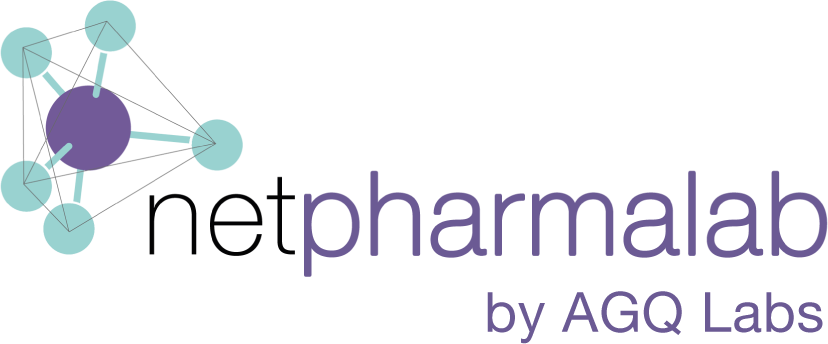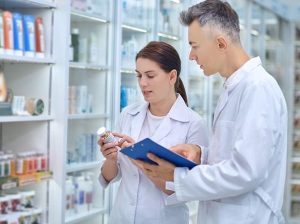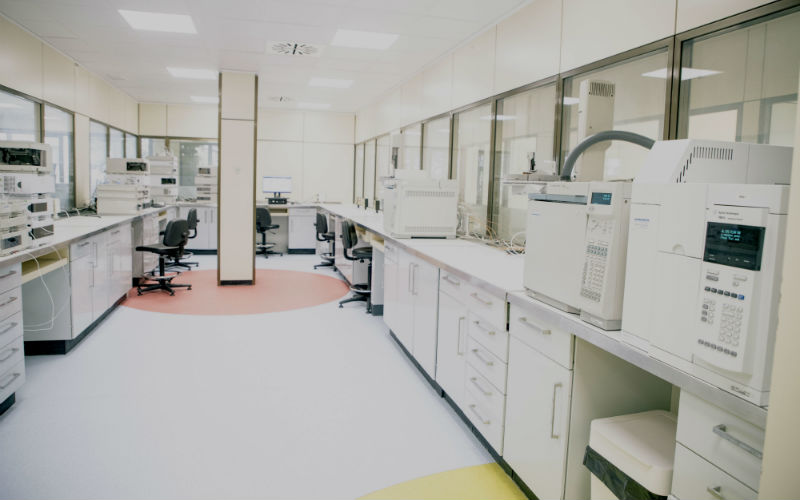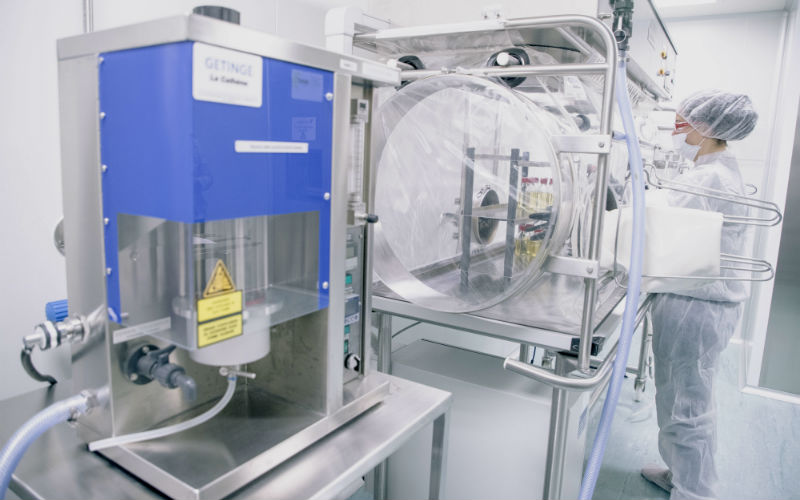Pharmacovigilance aims to identify, quantify, evaluate and prevent risks associated with medications or vaccines
With pharmacovigilance, adverse reactions or any other health problem related to drugs or vaccines are detected, evaluated and prevented. The objective of pharmacovigilance is to report adverse effects of medications at any time during their production and also during their consumption, ensuring patient safety.
Thanks to pharmacovigilance, the safety and effectiveness of medicines can be verified by conducting clinical trials in controlled environments. This process has also been extended to herbs, blood products, complementary or biological medicines, vaccines and even medical devices.
The data obtained through pharmacovigilance allows companies to improve their products. It also allows doctors to detect problems with their patients’ treatment, in addition to helping to modify or not modify a certain treatment. It is also useful to identify correct compliance with a treatment. Through rigorous control it is possible to know if a patient takes the wrong doses, suspends or continues with a medication.
This activity is shared by all agents who, in some way, deal with the medicine, such as the pharmaceutical industry, health authorities, health professionals and the patient. For this reason, it is necessary to establish the best practices in pharmacovigilance that allow it to carry out its protective work effectively for all participants.
The Spanish medication monitoring system
In Spain there is the Spanish Pharmacovigilance System for Medicines for Human Use (SEFV-H) in which 17 regional centers collaborate with the Spanish Agency for Medicines and Health Products (AEMPS), in monitoring the safety of medicines, together with health professionals and citizens.
Technology in pharmacovigilance is very present. In the SEFV-H the units are located in clinical services of hospitals, in university departments and in technical units of the Ministries or Departments of Health of the Autonomous Communities. Each center has an electronic connection, via the web, to FEDRA, the common database of the SEFV-H, where all cases of suspected adverse drug reactions (ADR) received by the centers from their geographical area are gathered.
The work of the SEFV-H is carried out in a Technical Committee of the SEFV-H, through which the AEMPS receives the new pharmacovigilance signals that the centers identify in order to modify, if necessary, the conditions of authorization of the medicine based on this information.
After 25 years of activity, the SEFV-H is defined as a consolidated pharmacovigilance system, based on the spontaneous notification of suspected ADRs. This communication is carried out by health professionals directly through what is known as the yellow card form, or through the pharmaceutical laboratories that own the medicines.
Citizens can also report suspicions of adverse reactions to medications through the portal www.notificaram.es as a complementary means to the patient’s communication to health professionals. In this way, all agents participating in pharmacovigilance have the necessary tools to make this activity truly effective.
A vital process for achieving safe medicines is the galenical development stage, since the quality and safety of pharmaceutical developments is ensured in the phases that comprise it. In the formulation tasks, advanced analyzes are carried out to ensure the effectiveness and stability of the drugs.


